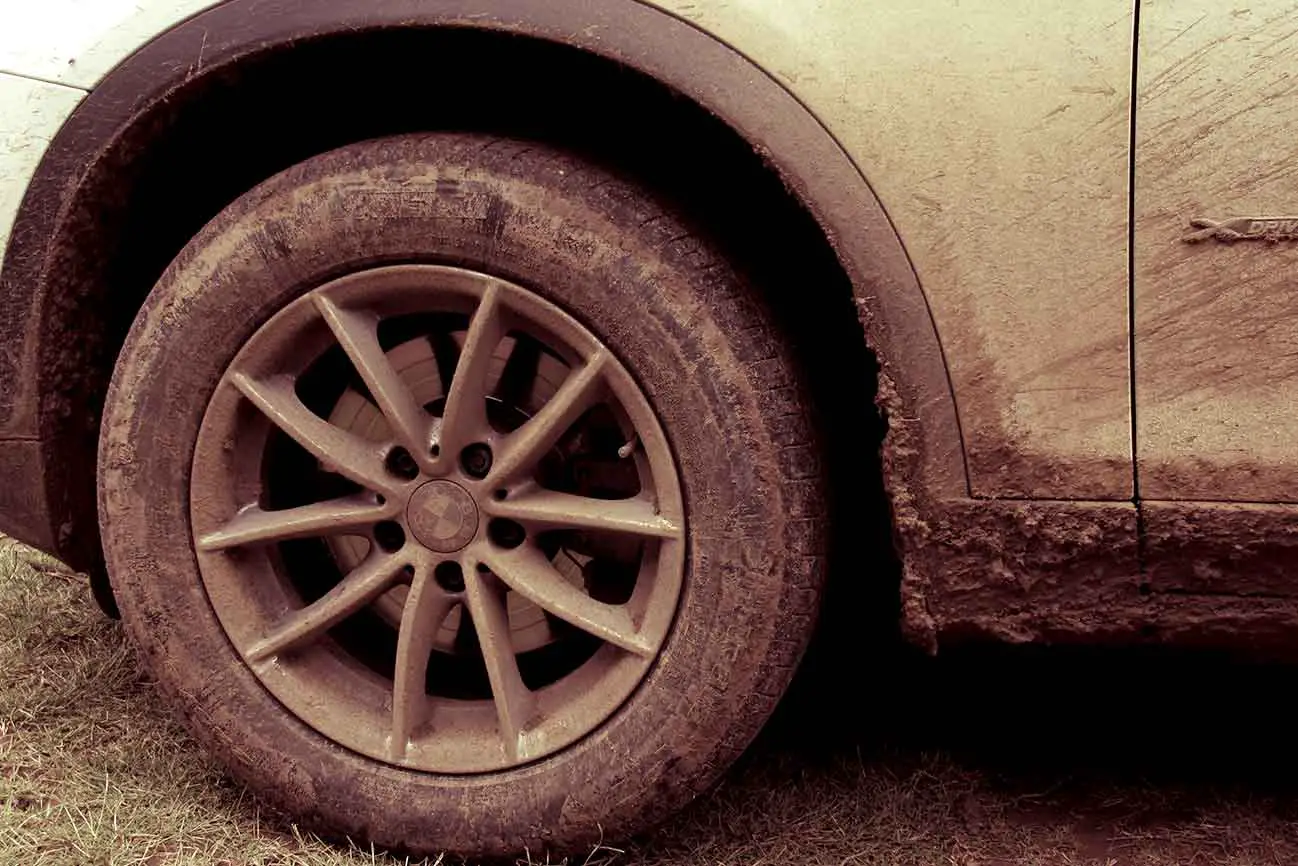Do you know what a fender liner is? What its function is in a car? Is it necessary to drive with a fender liner? Can you drive without a fender liner? Is it safe to do so? These questions and even more will be answered in this article so stay glued.
There was a time when you couldn’t drive a car without a fender liner. These days, though, it seems like more and more people are going without them. So the question is: can you drive without a fender liner.
To answer the above questions briefly, Yes, you can drive without a fender liner but I will not recommend that unless your next destination is the mechanic. To put it plainly, it is not safe to drive without a fender liner because a fender liner provides essential protection for your car’s engine to help improve its lifespan. It is the barrier between the fender and the engine compartment.
What is a fender liner?
A fender liner also called a fender inner liner, is a lining, mostly plastic, that goes in the car’s interior between the fender and the engine. More simply, a fender liner is that “something” flapping around near your car tire and pulling out a sheet of plastic.
Currently and more commonly, fender liners are typically made of thermoplastic which is highly resistant to rust and wear. Previously, fender liners were made of metal, which though seemingly durable, was susceptible to rust.
A car has a couple of fender liners with one being directly behind each front wheel. Normally, you cannot just readily see fender liners until you remove a tire and notice it up inside the wheel well.
Functions of a Fender liner
The fender liner has a few functions which are:
1. Protects the engine
The primary function of the fender liner is to protect the car’s engine from dirt, debris, and water that can be thrown up by the car tires when driving. This way, fender liners help to keep the engine clean. A fender liner is essential especially if you live in a place where the temperature drops below freezing in the winter and slush covers the roads.
When an engine is exposed to debris like mud, dust, snow, water, general grit, and chemical agents like gasoline, it can cause long-term damage like rust. This debris is picked up by the car’s tires.
2. Serves as a barrier
Secondly, A fender liner serves as both a buffer and barrier between a vehicle’s engine, hood, radiator, headlights, and windshield.
3. Protects the body of your car
The fender liner also prevents any fluid leaks on the engine or other components from reaching the car body. This way, fender liners help to keep the paint job on your car looking new and fresh for longer.
4. Shock absorption
A fender liner also provides some degree of cushioning or shock absorption in case of a minor collision with an object on the road. This way, it helps to reduce the damage that could be caused to the car’s engine in such an event.
5. Aerodynamic benefits
Finally, In some cases, fender liners may also help to provide some aerodynamic benefits by directing airflow around the tire rather than into the engine compartment which can cause turbulence.
Do you need fender liners?
In short, Yes. You need fender liners. Fender liners are not just there for show but they serve some essential functions as stated above. If you care about your car’s engine and its longevity then you should have fender liners in place.
Even if you don’t care much about your car’s engine, fender liners can still help to protect other vital parts of the car such as the brake lines and suspension components from damage that can be caused by flying debris.
Can you drive without a fender liner?
Since no law binds car owners or users to have a fender liner, you can certainly drive without a fender liner. However, now that you know what a fender liner is and what its functions are, I am quite sure you know you should drive around without it.
Pros of using a fender liner
1. Protects the engine
A fender liner protects the engine from debris, mud, and water that can cause rust and other long-term damages.
2. Shock absorption
Fender liner also provides some degree of cushioning in case of a minor collision with an object on the road.
3. Aerodynamic benefits
In some cases, fender liners may also help to provide some aerodynamic benefits.
Cons of using a fender liner
1. Expensive to replace
Fender liners may be expensive to replace if they are damaged especially if you are on a tight budget.
2. Can be difficult to install
Fender liners can be difficult to install if you don’t have the right tools and equipment.
3. Can cause issues with tire removal
If fender liners are not installed properly, they can cause issues with tire removal.
When to replace fender liners
Fender liners can be damaged by slush, snow, mud, moisture or water, rock particles, dust, and many more. Thank God it is not pricy but protects the other expensive components of the car.
No matter what model of the car you drive and which year it was made, your car’s fender liner will need a replacement from time to time. While the older cars have metal fender liners, the newer models have plastic fender liners.
When you take your car for routine maintenance, which you should, if there is a need to replace your fender liner, the mechanic should be able to tell you. It is quite obvious if the replacement is needed.
Your fender liner may be cracked, punctured, or torn or the paint surrounding it may be damaged. If there is a significant or obvious deterioration of your fender liner, then it needs to be replaced.
This wear and tear will make your driving experience not as pleasurable as before. You may begin to hear some sounds or feel some vibrations when you drive. For instance, you may notice the loud sound of dirt hitting the bottom of your car as you drive. This means that among other things, you need to replace your fender liner.
How to manually change your fender liner
If you are a car owner or user that likes to do things on your own, then this section is for you.
If you want to replace your fender liner by yourself, the first thing you need to do is to gather all the tools and equipment that will be needed for the job. These include:
– A socket wrench set
– A fender liner removal tool
– A fender liner installation kit
After you have gathered all the necessary tools, the next thing is to follow these steps:
Step One – Park your car in a safe and level area. This will make it easier for you to work on your car.
Step Two – Remove the wheel well covers. You can do this by using a fender liner removal tool or a screwdriver.
Step Three – Disconnect the fender liner from the car’s body. You can do this by removing the bolts that hold the fender liner in place.
Step Four – Remove the old fender liner from the car.
Step Five – Install the new fender liner.
Step Six – Reconnect the fender liner to the car’s body. You can do this by bolting it back in place.
Step Seven – Replace the wheel well covers.
Step Eight – Test drive your car to see if everything is working properly.
And that’s it! You have successfully replaced your fender liner.
Final thoughts
Overall, It is important to use a fender liner. As the article explained the pros of using a fender liner outweigh the cons. If you care about your car’s engine and its longevity, then you should have fender liners in place. Even if you don’t care much about your car’s engine, fender liners can still help to protect other vital parts of your car. So, it is always better to be safe than sorry.
Have you ever driven without a fender liner? Do send us an email.
If you found this article helpful, please share it with your friends and family.

